Why Implement Contract Management Benchmarking
Organizations can no longer afford to treat contract management as a back-office function. Contracts govern nearly every critical relationship within a business—from vendors and partners to clients and regulators. Yet many companies struggle with inconsistent contract performance, missed renewal deadlines, non-compliance, and inefficiencies that quietly drain resources. This is where contract management benchmarking comes in. In this blog, we’ll explore why implementing contract management benchmarking is beneficial and essential for businesses seeking to optimize performance, enhance compliance, and gain a competitive edge.
What is Contract Management Benchmarking?
Contract management benchmarking is the systematic process of measuring and comparing an organization’s contract management practices and performance metrics against industry standards or best practices. It involves analyzing key aspects such as contract cycle times, compliance rates, and costs to identify areas for improvement. The goal is to assess current performance, uncover inefficiencies, and implement strategies that lead to better contract outcomes.
This type of benchmarking enables companies to move beyond mere contract administration and toward strategic contract management, where contracts are managed efficiently and leveraged as tools for business growth and risk mitigation. Benchmarking transforms guesswork into strategic insight, helping you streamline processes, reduce risks, lower costs, and ensure that every contract supports broader business goals.
Why Is Benchmarking Important in Contract Management?
Contract management plays a critical role in organizational success. Contracts govern every aspect of business operations, from supplier relationships to regulatory obligations. However, many organizations manage contracts reactively rather than strategically. Benchmarking introduces a structured way to assess contract management performance by comparing internal practices to industry standards or high-performing peers. This comparison highlights opportunities for improvement and innovation. By leveraging benchmarking insights, organizations can ensure that their contract management functions are aligned with broader business goals and industry expectations.
Identifies Performance Gaps
Benchmarking helps organizations uncover weaknesses in their contract management processes by highlighting differences between internal performance and external best practices. For example, if contract cycle times or approval durations are longer than the industry average, it may indicate process bottlenecks or inefficiencies. By identifying these gaps, companies can take targeted action to resolve issues, refine workflows, and optimize performance. Benchmarking provides a clear, data-backed understanding of where improvements are needed, replacing assumptions with facts. This insight allows organizations to shift from reactive problem-solving to proactive performance management, ultimately leading to more effective contract execution and better overall business outcomes.
Drives Continuous Improvement
Benchmarking promotes a culture of ongoing enhancement by encouraging organizations to regularly evaluate their contract management practices against evolving industry standards. As business environments change—through technology, regulation, or market dynamics—contract management must evolve too. Benchmarking provides a consistent method for tracking progress and identifying new opportunities for efficiency and innovation. Rather than treating improvement as a one-time project, organizations that benchmark regularly establish a rhythm of review and refinement. This continuous improvement mindset ensures that contract management processes remain agile, competitive, and aligned with current business goals, leading to sustained performance improvements and long-term organizational resilience.
Enhances Compliance and Risk Management
Regulatory compliance and contractual risk management are top priorities in contract administration. Benchmarking helps organizations assess whether their practices are aligned with legal and industry standards, minimizing the risk of non-compliance. By comparing metrics such as audit trails, contract approval accuracy, and policy adherence to benchmark data, companies can detect vulnerabilities and address them before they escalate. In industries with strict regulatory oversight, like healthcare, finance, or energy, benchmarking is especially valuable for staying ahead of compliance risks. Ultimately, better compliance reduces legal exposure, strengthens internal governance, and ensures that all contracts are executed with integrity and accountability.
Improves Efficiency and Cost Control
Contract management often involves manual tasks, redundant steps, and siloed communication—all of which contribute to inefficiencies and increased costs. Benchmarking allows organizations to measure key metrics like contract cycle time, cost per contract, and automation usage, then compare those figures to industry norms. This analysis reveals areas where time and money are being wasted, providing a roadmap for process improvement. For instance, if your organization’s average contract approval time is significantly longer than peers, you can examine approval workflows or invest in contract lifecycle management tools. The result is reduced administrative burden, faster turnaround, and significant cost savings.
Supports Strategic Decision-Making
Effective contract management isn’t just about handling paperwork—it’s about making strategic decisions that support the organization’s broader goals. Benchmarking equips leaders with reliable, data-driven insights into performance, allowing them to make informed decisions about investments, policy changes, staffing, and technology adoption. Instead of guessing or relying on anecdotal feedback, executives can evaluate contract performance using real-world benchmarks. This clarity helps align contract objectives with business strategy, whether that means shortening procurement cycles, improving vendor accountability, or enhancing customer agreements. Strategic decision-making based on benchmarking leads to more aligned, agile, and successful contract management across the enterprise.
What are Key Metrics to Consider in Contract Management Benchmarking?
To effectively evaluate and improve contract management performance, organizations need to focus on key metrics that reflect the health and efficiency of their contract processes. Benchmarking isn’t just about knowing what others are doing—it’s about using measurable data to assess where your organization stands and identify opportunities for optimization. The right metrics offer visibility into process efficiency, compliance, cost-effectiveness, and relationship management. Tracking these benchmarks over time allows organizations to drive continuous improvement and make informed decisions.
Contract Cycle Time
Contract cycle time refers to the total time it takes to complete a contract from initiation to execution. This includes drafting, negotiation, internal reviews, approvals, and signatures. A lengthy contract cycle can result in missed business opportunities, delayed project starts, and increased administrative costs. Benchmarking this metric helps identify bottlenecks in the process, such as prolonged legal reviews or inefficient approval chains, and uncover opportunities for automation or process redesign. Organizations with faster, well-managed cycle times are often more agile and responsive to market demands. Reducing cycle time can significantly improve stakeholder satisfaction and business agility.
Compliance Rates
Compliance rate measures how consistently contracts adhere to internal policies, regulatory requirements, and predefined templates or clauses. High compliance rates suggest strong governance, well-defined processes, and lower legal risk, while low compliance rates may indicate a lack of standardization or inadequate oversight. Benchmarking this metric helps organizations understand whether they are maintaining control over contract terms, obligations, and approvals. It also supports risk management efforts by revealing areas where compliance controls may need strengthening. Improving compliance reduces potential legal exposure and builds trust with stakeholders. It ensures that contract terms align with company objectives and ethical standards.
Cost Per Contract
Cost per contract is a financial metric that includes all expenses associated with managing a contract, such as employee time, legal consultation, technology tools, and administrative overhead. Tracking and benchmarking this cost helps organizations determine how efficiently their resources are being used. A high cost per contract may signal inefficient workflows, redundant approvals, or underutilized technology. Conversely, a low cost per contract can indicate strong operational efficiency. By benchmarking this metric, companies can uncover areas for cost reduction, justify investments in contract management software, and better align budget planning with strategic objectives.
Renewal Rates
Renewal rate refers to the percentage of contracts that are renewed at the end of their term, either automatically or through renegotiation. This metric provides insight into the quality of vendor or client relationships and the performance of the contract terms. High renewal rates often reflect positive relationships, competitive terms, and reliable contract fulfillment, while low rates may signal dissatisfaction, missed renewals, or underperformance. Benchmarking renewal rates can help identify trends in contract lifecycle management and inform improvements in vendor engagement and performance tracking. Additionally, tracking renewals ensures that organizations don’t lose business or service continuity due to expired or unmanaged contracts.
How to implement Contract Management Benchmarking?
Implementing contract management benchmarking involves more than just comparing numbers—it’s a strategic process designed to evaluate current performance, identify gaps, and continuously improve contract outcomes. By following a structured approach, organizations can gain meaningful insights into their contract management practices and adopt industry best practices to optimize efficiency, compliance, and value. From understanding current workflows to turning data into actionable improvements, each step in the benchmarking process plays a vital role.
Assessing Current Contract Management Practices
The first step in implementing contract management benchmarking is to thoroughly assess your existing contract management processes. This includes reviewing how contracts are created, approved, stored, monitored, and renewed. Identify key stakeholders involved, technologies used, and current workflows. Look for inefficiencies, delays, or compliance risks. Documenting this baseline is critical—it allows you to establish a point of comparison when measuring against benchmarks. By understanding where your organization currently stands, you can more accurately pinpoint performance gaps and improvement areas. This assessment also sets the foundation for data collection and goal-setting in the benchmarking process.
Identifying Relevant Benchmarking Standards
Once you've assessed your current practices, the next step is identifying appropriate benchmarking standards or peer comparisons. These can come from industry reports, third-party studies, or performance data from similar organizations. It's essential to select benchmarks that are both realistic and relevant to your specific industry, contract types, and business size. Standards may include metrics like average contract cycle time, compliance rates, or contract value efficiency. Aligning your benchmarking efforts with applicable standards ensures that the comparison is meaningful and actionable. This step helps you set measurable performance goals and understand what best-in-class performance looks like.

Collecting and Analyzing Data
With benchmarking standards identified, the next step is to collect accurate and relevant data from your contract management system. This includes metrics such as contract duration, processing time, compliance incidents, and cost per contract. Ensure data consistency by defining clear measurement criteria and using automated tools where possible. Once collected, analyze the data to identify trends, performance variances, and areas needing attention. Look for patterns that show bottlenecks or underperformance, and compare your findings against the chosen benchmarks. This analysis provides the insights necessary to develop improvement plans and make informed strategic decisions moving forward.

Reporting and Using Insights for Improvement
The final step in the benchmarking process is to compile your findings into clear, actionable reports and use these insights to guide improvement efforts. Reports should highlight how current performance compares to benchmarks, identify priority areas for change, and recommend targeted actions. Share results with stakeholders, including legal, procurement, and executive teams, to foster alignment and ownership. Based on insights gained, update policies, adjust workflows, or invest in tools that address identified gaps. Regularly revisiting the benchmarking data allows for tracking progress and sustaining momentum. Ultimately, this step transforms data into measurable improvements across your contract lifecycle.
Conclusion
Contract management benchmarking is a tool for comparison and transformation. By adopting a benchmarking mindset, organizations can elevate their contract management practices from routine administrative tasks to strategic business drivers. The benefits are wide-ranging: improved performance, reduced risks, better compliance, and informed decision-making. As companies grow and enter into increasingly complex contractual relationships, benchmarking becomes even more critical.
Dock 365 contract management software provides the tools—automating workflows, improving visibility, and capturing the data needed to measure key performance indicators. By regularly benchmarking performance and leveraging modern contract management solutions, businesses can reduce risks, control costs, accelerate cycle times, and ultimately turn contracts into strategic assets that support long-term growth.
Book a Live demo
Schedule a live demo of Dock 365's Contract Management Software instantly.
.png?width=196&height=196&name=MicrosoftTeams-image%20(24).png)
Written by Deepti Gopimohan




